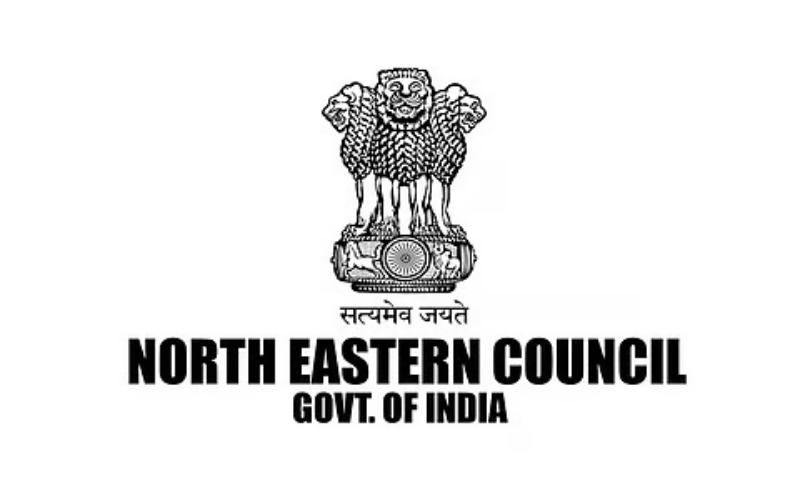North Eastern Council Pumps in ₹11.31 Crore for Regional Development
Summary
In July 2025, the North Eastern Council (NEC) released a sum of ₹11.31 crore to jump-start a range of development projects across the Northeastern region, including Sikkim. These funds span multiple sectors—agriculture (like kiwi orchards and bamboo plantations), food processing, health and human resources, women’s empowerment, infrastructure, and cultural preservation. Highlights include ₹2.09 crore for kiwi orchards, ₹1.81 crore for commercial bamboo, ₹1.28 crore for food processing units in Assam, Manipur, and Meghalaya; ₹1.18 crore for banana tissue culture; ₹94 lakh for women’s life skills; ₹83.75 lakh for Kokborok language research; and smaller allocations for agro-enterprises, merit scholarships, and avocado, persimmon, and blueberry orchards, among others.
Why NEC’s ₹11.31 Crore Release Matters
Ever think ₹11 crore sounds small compared to national budgets? In the context of the Northeast—where even modest injections can catalyze grassroots change—this is gold. The Northeast, with its rugged terrain and diverse cultures, often remains under the radar in national headlines. That’s why targeted funding from NEC isn’t just useful; it’s transformative.
Spotlight on the ₹11.31 Crore Allocation
Let’s break down the pie chart in simple terms:
- ₹2.09 crore — Kiwi orchard setups
- ₹1.81 crore — Commercial bamboo plantations
- ₹1.28 crore — Food processing units (Assam, Manipur, Meghalaya)
- ₹1.18 crore — Banana tissue culture facility
- ₹0.94 crore — Women’s life skills training in Sixth Schedule areas
- ₹0.80 crore — Agarwood plantations
- ₹0.83 crore — Kokborok language and literature research
- ₹0.75 crore — Arecanut & turmeric plantations
- ₹0.50 crore — Avocado, persimmon, blueberry orchards
- ₹0.94 crore — Interlocking block-making enterprises
- ₹0.18 crore — Merit scholarships
Empowerment with Purpose: Women & Culture
With ₹94 lakh dedicated to women’s life skills in Sixth Schedule areas, NEC targets marginalized groups. That funding could support training in digital literacy, entrepreneurship, and personal finance—tools news doesn’t flash but daily life urgently needs.
Even language isn’t left out: ₹83.75 lakh for Kokborok research reflects NEC’s commitment to cultural heritage. Preserving language is akin to saving history—each script, each song carries stories older than statehoods.
Niche Enterprises: Interlocking Blocks & Spices
With ₹94 lakh for interlocking block-making, NEC is building infrastructure—and livelihoods. Blocks help construction, and their local production empowers communities.
Plus, funds for arecanut, turmeric, and agarwood plantations—typical regional staples—indicate long-term economic planning. Turmeric’s growing global demand and agarwood’s perfume and incense market—these aren’t fringe projects; they’re strategic bets.
Scholarship Support: Investing in Youth
A small but mighty ₹17.58 lakh goes toward merit scholarships. Even modest stipends can change lives—supporting students from remote hamlets to aim beyond immediate obstacles. Sometimes, a little nudge is all it takes to ignite ambition.
NEC Among the Bigger Funding Landscape
NEC isn’t the lone hero. The Ministry of DONER runs flagship schemes like NESIDS and PM-DevINE, collectively mobilizing thousands of crores across infrastructure and livelihood projects. For instance, NESIDS alone sanctioned ₹3,417 crore for 90 projects over recent years —focusing on roads, healthcare, and disaster readiness.
Together, these programs form Northeast India’s developmental scaffolding. NEC’s ₹11.31 crore dovetails with bigger investments, ensuring that smaller communities don’t remain invisible.
FAQs
1. What exactly did the NEC fund in July 2025?
NEC approved funds totaling ₹11.31 crore for projects across agriculture, food processing, women’s empowerment, cultural preservation, and scholarships in the Northeastern region
2. Which sectors got the most funding?
The top allocations went to kiwi orchard development (₹2.09 crore), bamboo plantations (₹1.81 crore), and food processing units (₹1.28 crore)
3. How does NEC fit into broader development schemes like PM-DevINE and NESIDS?
NEC complements major infrastructure initiatives under DONER, including NESIDS (₹3,417 crore over recent years) and PM-DevINE, focusing on region-specific small and medium-scale interventions
4. How will these funds affect local communities?
By enabling horticulture diversification, creating livelihood opportunities in processing and crafts, empowering women through skill training, and helping students via scholarships, these funds bring development close to rural doorsteps.
5. What challenges could impede the impact of these funds?
Potential hurdles include difficult terrain causing delays, lack of local capacity to manage projects, and weak monitoring systems. Addressing these requires collaboration between NEC, local organizations, and communities.






